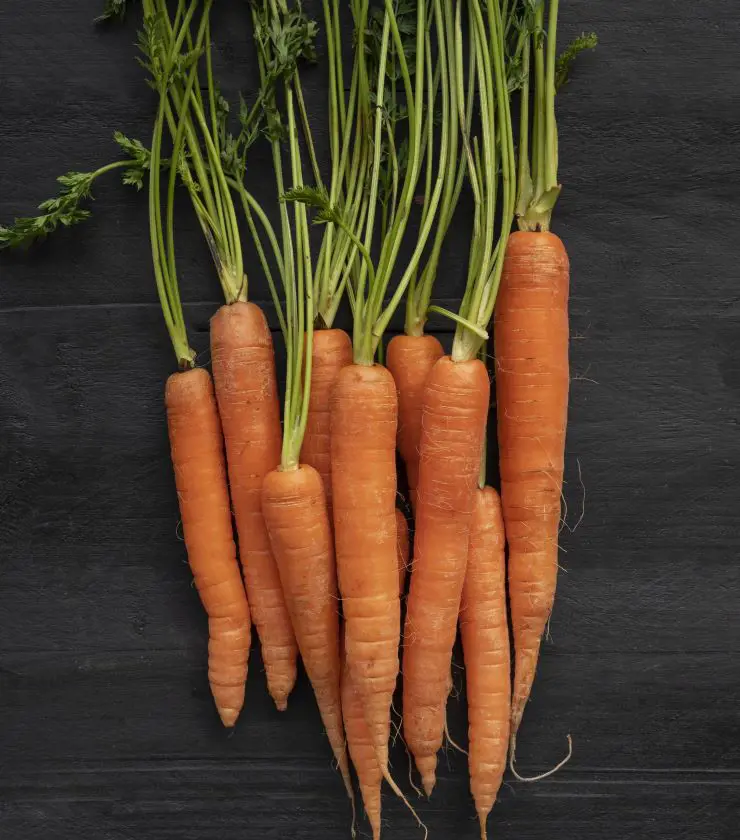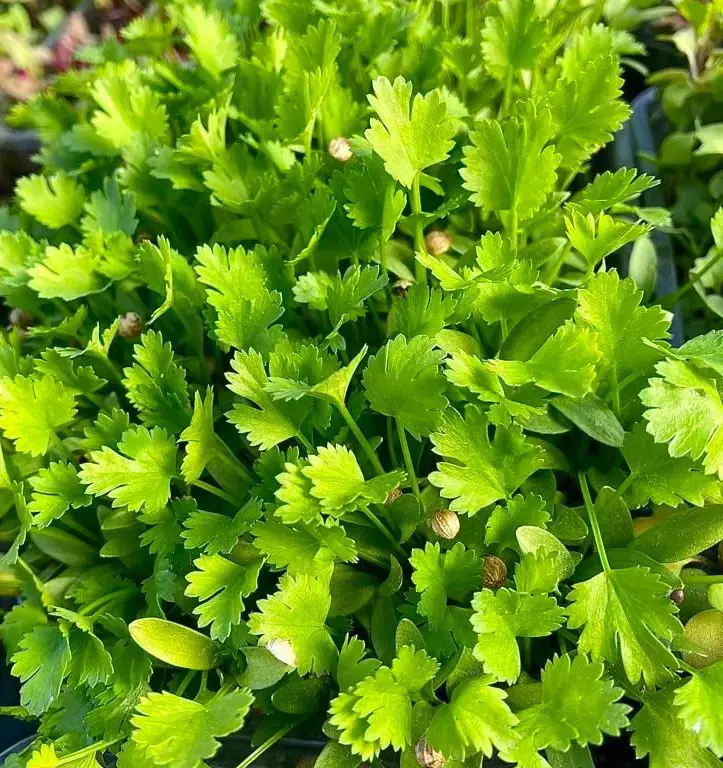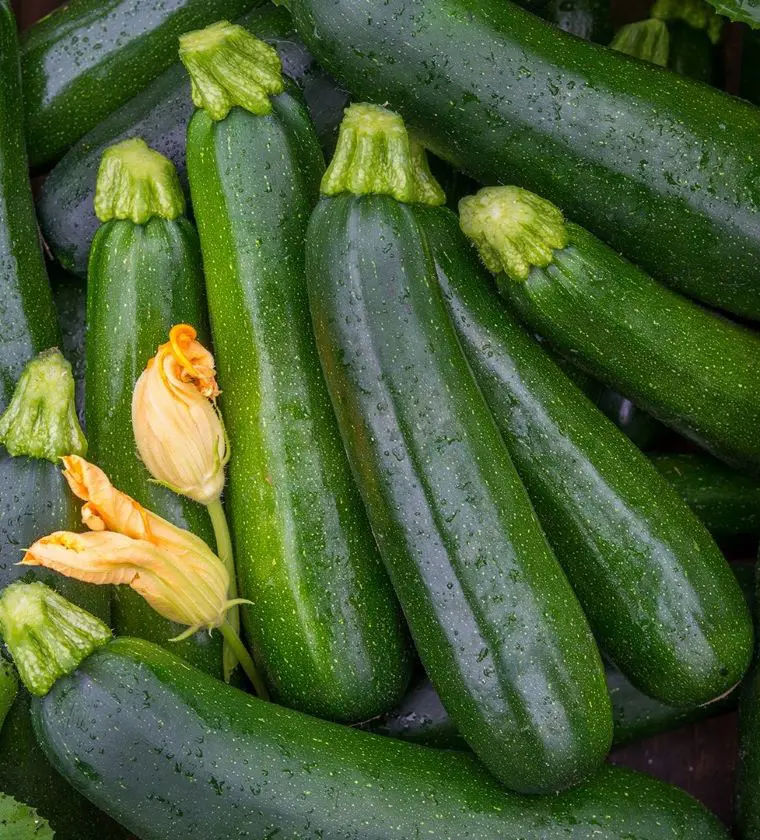How To Store Cucumbers
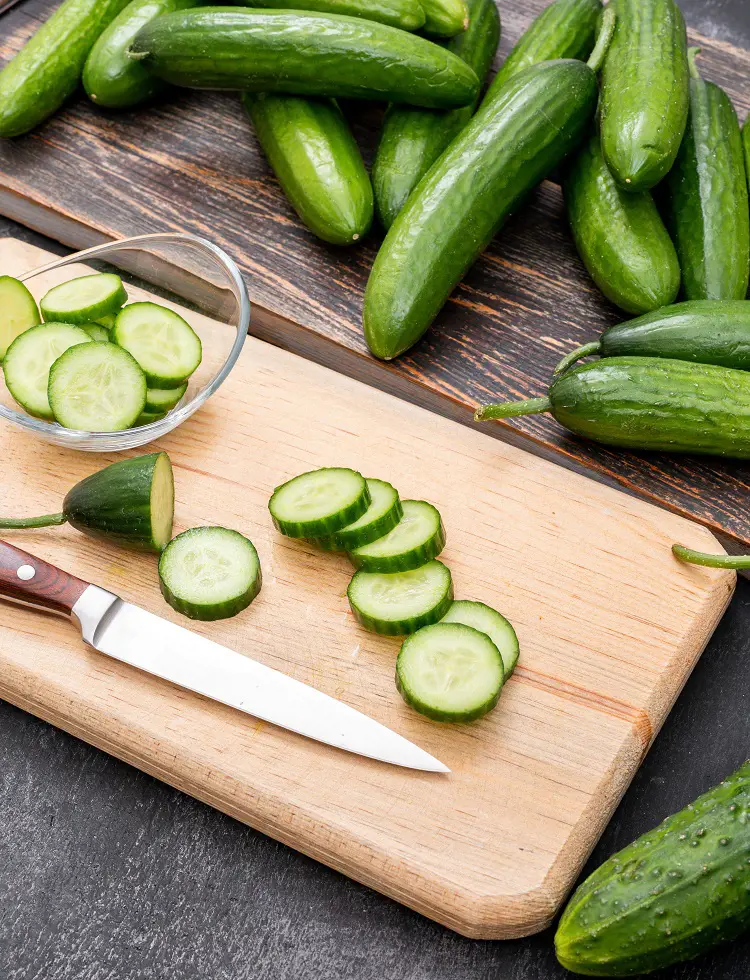
This post may contain affiliate links. If you make a purchase through links on our site, we may earn a commission.
A good cucumber is cool, crunchy, and refreshing, but if you don't store it right, it can turn mushy and not good to eat. To keep cucumbers fresh, store them where they can get air and not too wet.
Now, let's talk about different ways to keep cucumbers fresh for a long time.
1. Refrigerate Cucumber Properly
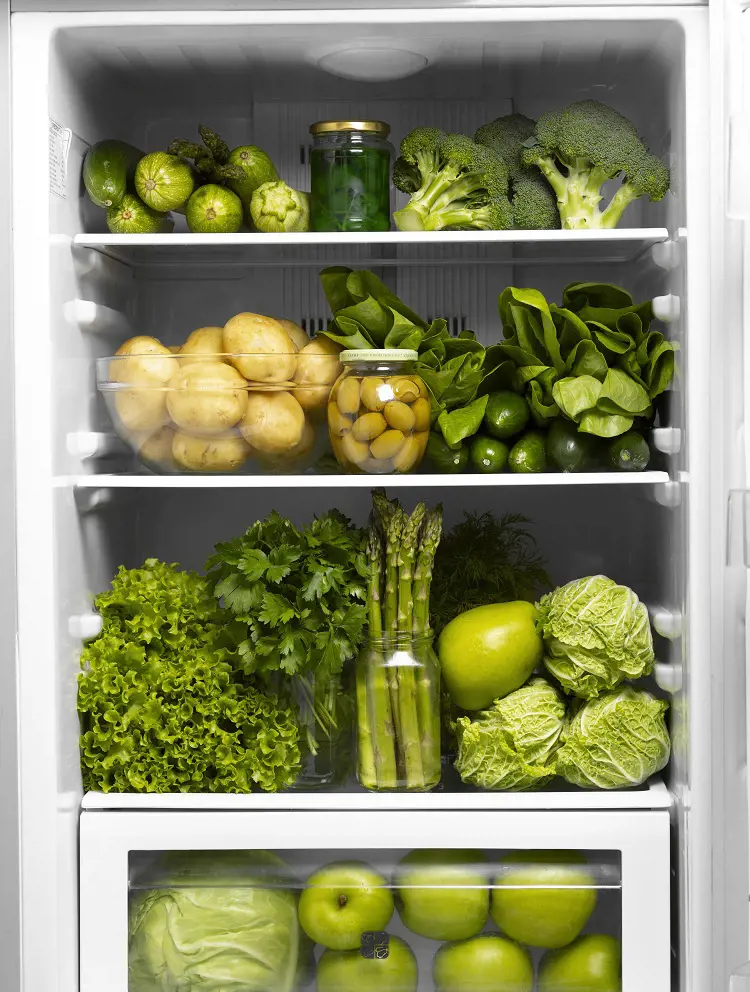
The first step and one of the most common ways to store cucumber is refrigeration. Cucumbers are sensitive to temperature, and refrigeration slows down the process of decay and maintains their freshness. The cool and controlled environment of the refrigerator helps to inhibit bacterial and enzymatic activities, reducing the rate of deterioration and increasing the shelf life.
When properly refrigerated, cucumbers can last much longer compared to leaving them at room temperature. Additionally, refrigeration helps retain the crispness and moisture content of cucumbers, preventing them from becoming limp or rubbery. It's important to store them in the vegetable crisper drawer, wrapped to maintain optimal humidity levels and protect them from ethylene-producing fruits, which can accelerate spoilage.
2. Wrap In Plastic
Wrapping cucumbers in plastic is like giving them a cozy home that keeps them fresh for a longer time. The plastic wrap acts like a shield, stopping the cucumber from getting dry and helping it stay moist. It also protects the cucumber from things in the air that can make it go bad.
For the best results, wrap each cucumber on its own with plastic wrap or put them in separate plastic bags. This way, each cucumber gets its own special protection. Make sure to wrap the plastic really well around the cucumber to keep the air out and the freshness in. Doing this simple trick can make your cucumbers last much longer and stay tasty.
3. Store In The Vegetable Drawer
Keeping cucumbers in the veggie drawer of the fridge is super helpful for a few reasons. First off, this drawer keeps a bit more moisture, and cucumbers like that, it stops them from getting dry and keeps them nice and crunchy. Also, you can control the temperature in this drawer, making it cooler, which is perfect for cucumbers.
Plus, the drawer acts like a shield, protecting the cucumbers from other stuff in the fridge that might make them go bad faster. So, it's like a special home for cucumbers that keeps them cool, a bit humid, and safe from anything that might mess with their freshness, making them last longer and stay tasty
4. Keep Cucumber Dry And Whole
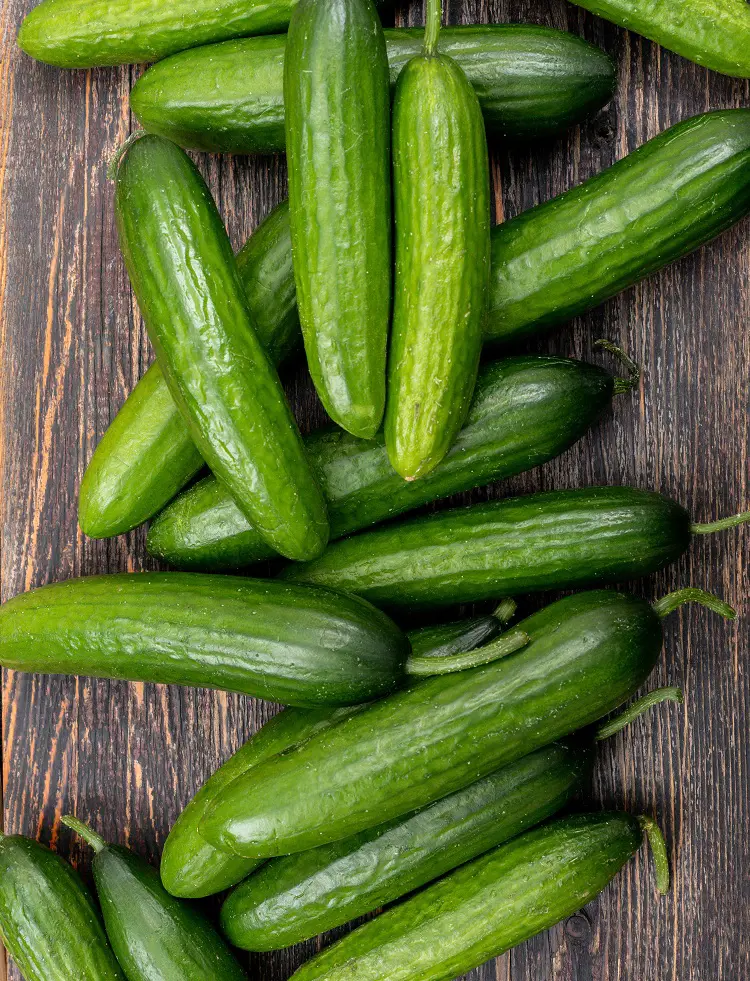
To keep cucumbers fresh and delicious for a longer time, it's a good idea to store them dry and whole. When cucumbers are dry before storage, it helps prevent mold growth and spoilage. Additionally, keeping them whole, rather than cutting them, retains their crispness. Whole cucumbers are less likely to bruise or decay compared to cut ones, minimizing the risk of spoilage.
Furthermore, whole cucumbers are less prone to absorbing odors from other foods in the refrigerator. To store them optimally, consider wrapping each cucumber individually in plastic or placing them in plastic bags before storing them in the vegetable crisper drawer of the refrigerator. Regularly check for any signs of spoilage and remove damaged parts.
5. Avoid Contact With Ethylene Producing Fruits
It is advisable to avoid contact between cucumbers and ethylene-producing fruits. Ethylene is a natural plant hormone that speeds up the ripening process in fruits and vegetables. Cucumbers, in particular, are sensitive to ethylene, and exposure to this gas can lead to premature ripening, decay, and an overall reduction in freshness.
To prevent the negative effects of ethylene exposure, it's recommended to store cucumbers away from ethylene-producing fruits such as apples, bananas, and tomatoes. Keeping them separate helps maintain the quality and extend the shelf life of cucumbers. If stored close to ethylene-producing fruits, cucumbers may become overly ripe and lose their crisp texture more quickly.
6. Remove Seeds From The Mature Cucumber
Removing seeds from mature cucumbers may help them stay fresh for a longer time, but the impact on shelf life is typically marginal. The seeds themselves don't contribute significantly to the cucumber's rate of deterioration. However, the process of removing seeds may involve cutting the cucumber, which exposes more surface area to air and can contribute to quicker moisture loss and decay.
If you decide to remove seeds, it's essential to do so without causing damage to the cucumber. It's crucial to store the cucumber properly, perhaps by wrapping it in plastic or placing it in a sealed container in the refrigerator. The overall freshness and shelf life of cucumbers depends on various factors, including proper storage, temperature, and handling.
7. Store Sliced Cucumbers In Water
Storing sliced cucumbers in water can be a helpful short-term strategy to maintain their freshness and crispness. The water helps prevent the slices from drying out, keeping them appealing for a brief period. It's important, however, to refrigerate the container to slow down any potential bacterial growth and to maintain the cucumber's overall freshness.
While this method is suitable for a day or two, it's not a long-term solution, as prolonged submersion can lead to a loss of flavor and texture. Regularly changing the water can also help prevent bacterial issues. For extended freshness, especially for whole cucumbers, the recommended approach is to store them in the vegetable crisper drawer of the refrigerator, wrapped or in a sealed container.
8. Use Airtight Containers
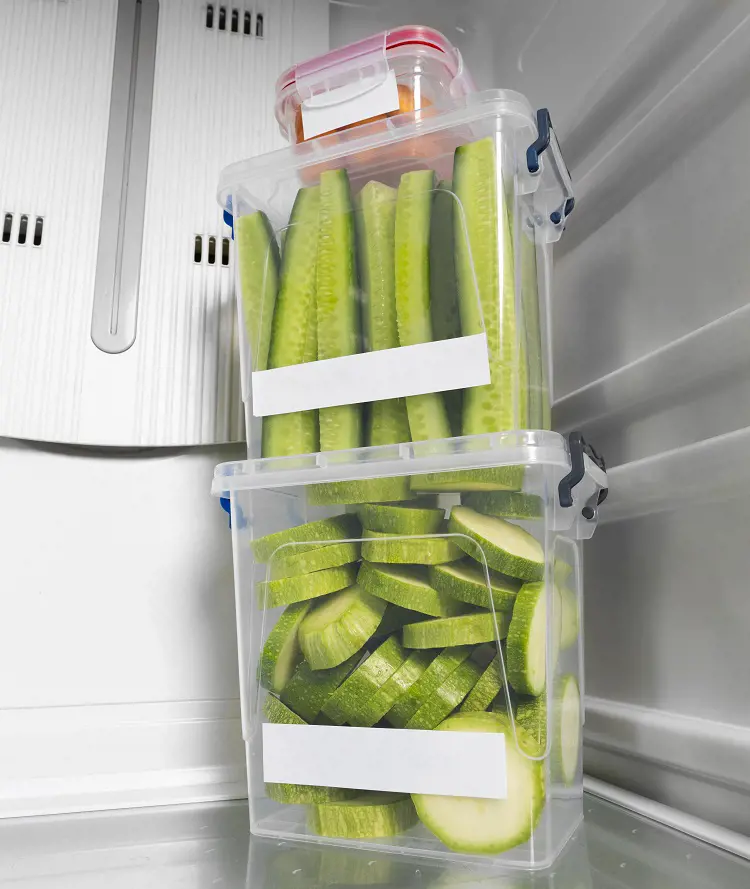
Airtight containers create a sealed environment that reduces exposure to air and helps prevent the loss of moisture, which is crucial for maintaining the crispness and freshness of cucumbers. When cucumbers are exposed to air, they are more susceptible to dehydration and may become limp or rubbery. Airtight containers also provide a barrier against external odors and contaminants.
It's important to note that while airtight containers can be beneficial, storing cucumbers in the vegetable crisper drawer of the refrigerator is also recommended, as it helps control humidity levels and maintains an optimal environment for longer shelf life. Additionally, individually wrapping cucumbers in plastic before placing them in an airtight container can offer an extra layer of protection.
9. Check The Stored Cucumber Regularly
Regularly checking stored cucumbers is essential for maintaining their quality and preventing spoilage. By inspecting them consistently, you can catch any signs of decay or mold early on, enabling you to remove affected portions promptly and avoid the spread of issues to other cucumbers.
This proactive approach helps in preventing cross-contamination and ensures that the cucumbers you consume are at their freshest. Additionally, monitoring the storage conditions allows you to make necessary adjustments, such as controlling temperature and humidity levels in the refrigerator, and optimizing the environment for longer freshness. In essence, regular checks are a simple yet effective way to make the most of your cucumbers and minimize waste.
10. Dehydrate The Cucumbers

Dehydrating cucumbers offers a simple way to enjoy them throughout the year. Begin by thoroughly washing the cucumbers and slicing them into thin, uniform pieces, with the option to peel if desired. For an added flavor boost, you can soak the cucumber slices in salt water or vinegar for 10-15 minutes, draining and patting them dry afterward.
Lay the slices on dehydrator trays in a single layer to ensure proper air circulation. Set the dehydrator to a temperature between 125°F and 135°F, allowing the cucumbers to dehydrate for 6-12 hours, adjusting based on thickness. When the slices become crisp and brittle, easily snapping when bent, they are ready. After cooling, store the dehydrated cucumber slices in airtight containers or vacuum-sealed bags to preserve their crisp texture.
11. Ferment The Cucumber
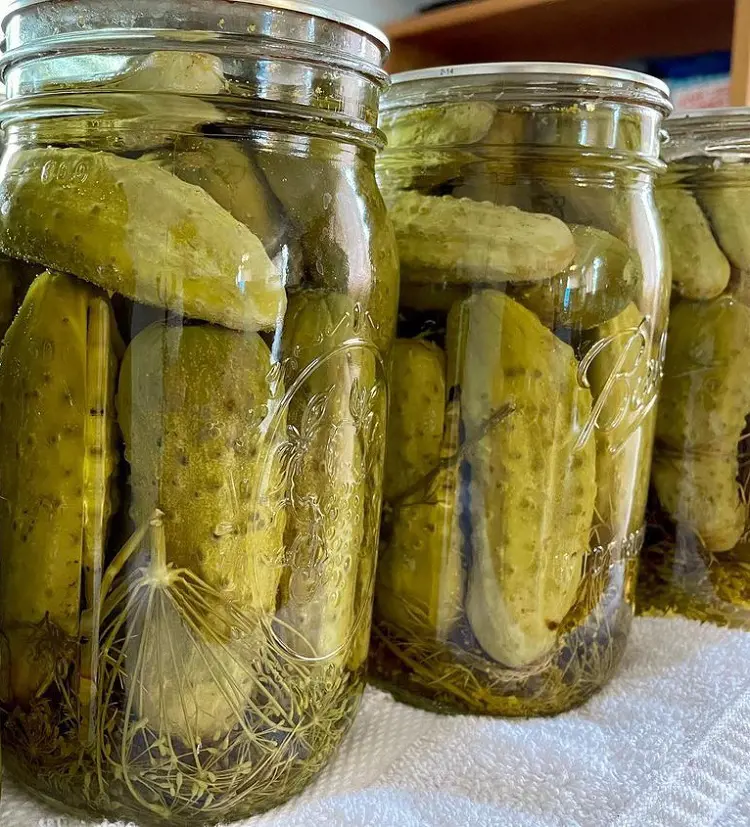
Fermenting cucumbers is a traditional method of preservation that can extend their shelf life. The process involves lactic acid fermentation, where beneficial bacteria convert sugars in the cucumbers into lactic acid, creating a sour taste and acting as a natural preservative.
The simple steps include:
- Choose fresh, firm cucumbers, preferably smaller varieties for better texture.
- Wash cucumbers thoroughly and cut them into desired shapes (spears, slices, or whole pickles).
- Dissolve salt in the water to create a brine solution (3.5-5% salt-to-water ratio). Add spices, garlic, or dill for extra flavor.
- Place cucumber pieces in clean, sterilized jars, leaving space at the top. Pour brine over cucumbers, ensuring they are fully submerged.
- Use a weight (e.g., a small plate or plastic bag with brine) to keep cucumbers submerged. Seal jars with lids.
- Allow cucumbers to ferment at room temperature for 3-7 days. Check and taste daily until desired sourness is achieved.
- Move fermented jars to the refrigerator to slow down fermentation. Store fermented cucumbers for several months.
12. Make Sweet Refrigerator Pickles
Another easy way to preserve and store your cucumber for a long time is by making sweet refrigerator pickles. They are often referred to as bread and butter pickles.
Here is a simple guide to making these pickles:
- Prepare Cucumbers and Onions by washing and thinly slicing them.
- Combine sliced cucumber and onions in a large bowl.
- In a saucepan, combine sugar, apple cider vinegar, white vinegar, mustard seeds, celery seeds, turmeric, ground cloves, ground cinnamon, ground allspice, and salt. Bring the mixture to a simmer over medium heat, stirring until the sugar and salt dissolve.
- Pour the pickling solution over the sliced cucumbers and onions.
- Let the mixture cool to room temperature.
- Once cooled, cover the bowl and refrigerate for at least 24 hours before serving to allow the flavors to meld.
Recent posts
How To Store
How To Store
How To Store Garlic Properly
Garlic is a kitchen pioneer important for adding flavor and depth to countless dishes. However, if stored incorrectly, garlic may lose its potency or even go bad. When stored properly a fresh garlic bulb can last up to six months otherwise, it will o...
How To Store
How To Store Potatoes - 15 Simple Tricks
Potatoes are a versatile vegetable loved for ages. From French fries to baked potatoes, there are many ways to enjoy them and they also naturally have a long shelf life. However, it is concerning that they can't last long without proper precautions. ...
How To Store
How To Store Carrots So They Last Longer
Carrots typically last for days and weeks at room temperature. If stored properly using the right technique, it can last for several months too. From harvesting to freezing, several ways can help extend the carrots’ shelf life. In this gu...
How To Store
How To Store Avocados Long Term
Avocado is a delicious, yet highly perishable fruit with nutritive benefits. Its high metabolic rate is the major contributing factor to its shorter shelf-life. The shelf-life of avocados ranges from 3-4 weeks when stored at the ideal temperature and...
How To Store
How To Store Cilantro Leaves
Cilantro is an indispensable item in our kitchen. Cilantro's seeds, leaves, and stems can all be consumed and can be used in many dishes around the world including sauces, soups, curries, etc. Cilantro is a good option because of its pleasant scent, ...
How To Store
How To Store Zucchini - 9 Tips To Keep Fresh
Zucchini belongs to the Cucurbitaceae family and is a type of summer squash. With its mild flavor and tender texture, zucchini has become a popular ingredient in numerous culinary creations. Zucchini is a sturdy veggie, but to keep it tasting yummy a...


